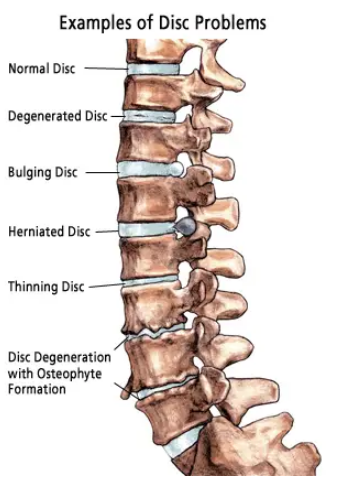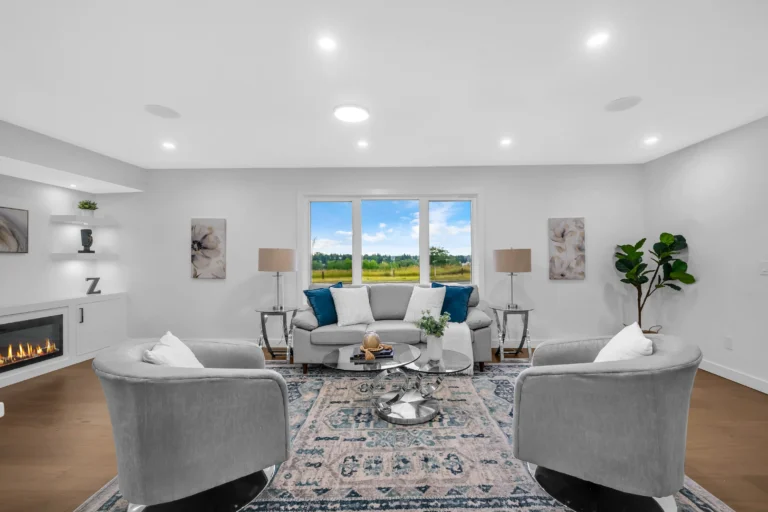Veneer Doors: A Comprehensive Guide to Style and Durability
Veneer doors are a popular choice for homeowners and designers alike due to their versatility, aesthetics, and cost-effectiveness. With the appearance of solid wood at a fraction of the price, veneer doors offer a stylish, durable, and environmentally friendly option for both residential and commercial spaces.
In this article, we will delve into the benefits of veneer doors, their construction, types of veneers, how to select the right veneer door for your needs, and tips on maintaining their beauty over time.
1. What Are Veneer Doors?
Veneer doors are doors constructed with a thin layer of natural wood (veneer) adhered to a core made from a less expensive material like plywood, MDF (medium-density fiberboard), or particleboard. The veneer gives the door the look and feel of solid wood, while the core provides stability and affordability.
Veneers are typically made from high-quality hardwoods, such as oak, walnut, maple, or teak, and they offer a variety of grain patterns and colors. This makes veneer doors an ideal choice for those seeking an elegant wood appearance without the high cost and environmental impact of using solid hardwood.
2. Benefits of Veneer Doors
Veneer doors offer several advantages that make them a popular option for both homeowners and businesses. Here are some of the key benefits:
A. Aesthetic Appeal
The natural wood finish of veneer doors provides a warm and luxurious feel to any room. Since veneers are made from real wood, they capture the beauty and intricacy of wood grain patterns, allowing for a wide range of designs and finishes. Veneer doors can complement various interior styles, from modern minimalist designs to traditional or rustic aesthetics.
B. Cost-Effective
Compared to solid wood doors, veneer doors are significantly more affordable. While solid wood can be expensive and heavy, veneer doors offer the same visual appeal at a fraction of the cost, making them an economical choice for homeowners looking to balance quality and price.
C. Durability and Stability
Veneer doors are known for their durability and resistance to warping. The engineered core of the door, typically made of plywood or MDF, provides added strength and dimensional stability. This construction ensures that veneer doors can withstand humidity and temperature changes better than solid wood doors, which are prone to expanding and contracting over time.
D. Environmentally Friendly
Using veneers instead of solid wood helps conserve precious hardwood resources. Since veneers are made from thin slices of wood, they maximize the use of a tree, resulting in less waste. Additionally, many manufacturers use eco-friendly core materials like FSC-certified plywood, ensuring that your veneer door is an environmentally conscious choice.
E. Customization Options
Veneer doors offer versatility in design, with the ability to customize the veneer species, finish, and core material. Whether you prefer a sleek, modern look with a light oak veneer or a rich, dark walnut finish for a more traditional appeal, veneer doors can be tailored to your specific preferences.
3. Types of Veneer Doors
There are various types of veneer doors available, each with unique characteristics and construction techniques. Understanding the different types will help you make an informed decision based on your needs and design preferences.
A. Natural Veneer Doors
Natural veneer doors use thin slices of real wood that are bonded to the door’s core. These veneers retain the natural grain, texture, and color of the wood, giving the door a genuine appearance. Each natural veneer is unique, showcasing the inherent beauty of the wood species used.
- Best For: High-end residential and commercial spaces where a luxurious, natural wood finish is desired.
B. Engineered Veneer Doors
Engineered veneer doors are made using a reconstructed wood veneer that is engineered to have a consistent grain and color. These veneers are created by slicing wood into thin layers, reassembling them, and then gluing them together. The result is a more uniform and predictable appearance compared to natural veneers.
- Best For: Modern or minimalist interiors that require a consistent and uniform wood finish.
C. Plywood Core Veneer Doors
Plywood core veneer doors are constructed with a core made from layers of plywood. This core provides excellent strength and stability, making it ideal for heavy-duty use in commercial settings or areas with high humidity.
- Best For: Environments where durability and resistance to warping are key, such as bathrooms or kitchens.
D. MDF Core Veneer Doors
MDF (medium-density fiberboard) core veneer doors are known for their smooth and flat surface, making them perfect for painting or veneering. MDF is an affordable, stable material that resists warping, cracking, and expansion, providing a solid foundation for veneer doors.
- Best For: Interiors where a smooth, flat finish is desired, or when budget constraints are a factor.
4. Selecting the Right Veneer Door
Choosing the right veneer door requires consideration of several factors, including aesthetics, functionality, and your budget. Here’s what to keep in mind when selecting a veneer door:
A. Veneer Type and Finish
The type of veneer and its finish are crucial in achieving the desired look for your space. Natural veneers offer a rich, authentic wood appearance, while engineered veneers provide a more consistent and modern look. Additionally, the finish of the veneer—whether matte, gloss, or semi-gloss—can dramatically impact the overall appearance of the door.
- For Traditional Settings: Opt for natural veneers like oak or walnut with a matte or semi-gloss finish.
- For Modern Spaces: Engineered veneers in light or dark tones with a glossy finish can create a sleek, contemporary aesthetic.
B. Door Core Material
The core material of the door will determine its strength, stability, and performance in different environments. For example, plywood cores are better suited for areas with fluctuating humidity levels, while MDF cores provide a smooth finish ideal for painting or for doors in low-traffic areas.
- For Durability: Choose a plywood core for long-lasting strength.
- For Smooth Finishes: MDF cores are best for creating smooth, flat surfaces that can be painted or finished with veneer.
C. Room Functionality
Consider the room where the veneer door will be installed. For high-traffic areas, choose a durable veneer species like oak or teak. For rooms with high humidity, such as bathrooms, ensure the door has a stable plywood or MDF core to prevent warping.
- For High-Traffic Areas: Choose hardwood veneers like oak for added durability.
- For Humid Environments: Opt for doors with a stable core, such as plywood, to resist moisture.
5. Caring for Veneer Doors
Proper care and maintenance are essential to keep veneer doors looking their best for years. Here are some tips to help preserve their appearance and extend their lifespan:
A. Regular Cleaning
Dust and dirt can accumulate on veneer doors, so it’s important to clean them regularly using a soft, dry cloth. For stubborn stains, use a slightly damp cloth with mild soap, but avoid harsh chemical cleaners that could damage the veneer.
B. Protect from Moisture
Veneer doors can be damaged by excess moisture, especially if they are installed in high-humidity areas. Ensure that the doors are properly sealed and that any spills are wiped up immediately to prevent warping or delamination.
C. Avoid Direct Sunlight
Direct sunlight can cause veneers to fade over time. Consider installing curtains or blinds to protect veneer doors from prolonged exposure to sunlight, especially in rooms with large windows.
D. Apply Wood Polish
Occasionally applying a high-quality wood polish can help maintain the finish of veneer doors, enhancing their natural beauty and protecting them from wear.
6. Leading Veneer Door Manufacturers
When selecting veneer doors, it’s important to choose a reputable manufacturer known for quality craftsmanship and sustainable practices. Here are a few leading veneer door manufacturers:
A. Masonite
Masonite is a well-known manufacturer of high-quality veneer doors, offering a wide range of styles and finishes. Their doors are built for durability and come in various wood species, including oak, mahogany, and cherry.
B. TruStile Doors
TruStile specializes in custom veneer doors with a focus on architectural detailing. Their veneer doors are made from premium materials, offering luxury finishes for both residential and commercial spaces.
C. Woodgrain Doors
Woodgrain Doors provides a variety of natural veneer doors, with an emphasis on craftsmanship and sustainability. Their veneer options include eco-friendly materials and a wide range of wood species.
7. Conclusion
Veneer doors are a stylish and cost-effective alternative to solid wood doors, offering the beauty of natural wood at a more affordable price. Whether you are looking for durability, customization, or sustainability, veneer doors provide a versatile solution that suits a variety of design preferences and functional needs.






